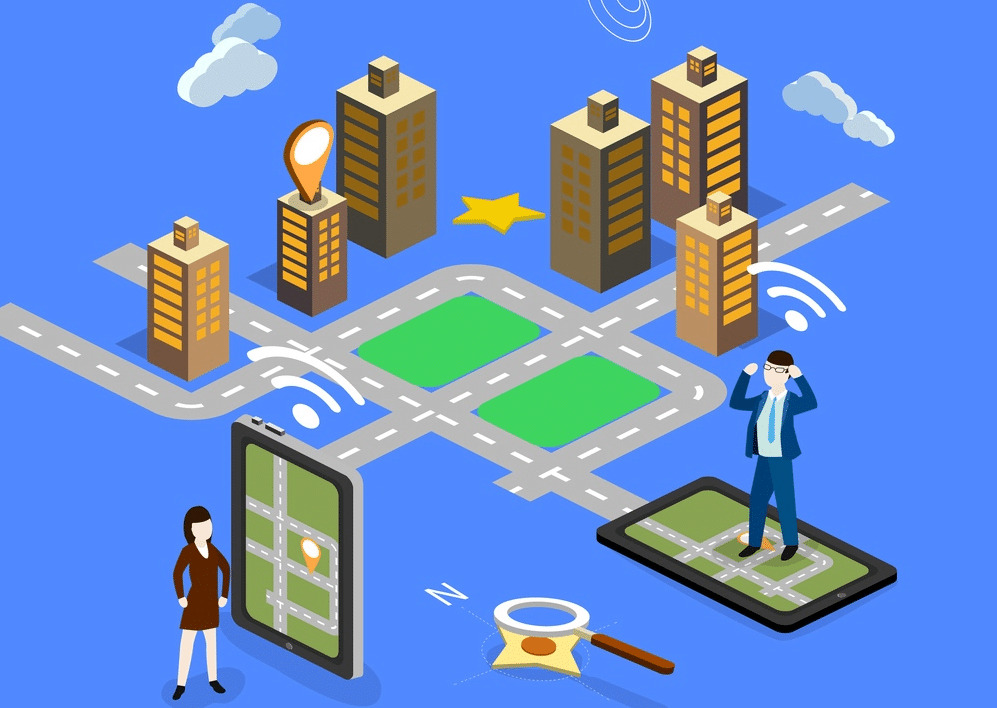Two of the most significant trends of the 21st century are the acceleration of global urbanization and the cyber-physical revolution. While rapid urbanization may enhance collaborative talent pools, it of course also brings with it many challenges to housing and infrastructure, as well as straining resources. However, the cyber-physical revolution, part of the wider digital revolution, has emerged as a potential coping mechanism for this unbridled urban sprawl.
For the first time in history, more than half the world’s population lives in cities, 54.6% according to current UN statistics. Looking forward, the UN forecasts as much as 70% of the global population will live in cities by 2050, a staggering six billion people, almost doubling the current 3.6 billion urban residents. Something will have to change about the way we run our cities, something ‘Smart’.
In North America 82% of the population already reside in cities, their southern neighbors in Latin America and the Caribbean (LAC), the second most populous region in the world, sustain an 80% urban population. So perhaps unsurprisingly, the Inter-American Development Bank (IDB) published a comprehensive and practical guide for smart city development and management, last week.
The report entitled ‘The Road toward Smart Cities: Migrating from Traditional City Management to the Smart City’, stressed that collaboration both within and outside of government is the crucial factor to successfully building smart cities. The study specifically highlights the importance of removing silos within government and engaging citizens in urban development, managed through new innovative technologies.

“All urban areas present challenges to be overcome. Large cities and metropolitan areas, in turn, are increasingly seen as complex systems with connections between their different environments and individuals. Hence, the growing importance of both urban planning and the development of dynamic decision-making mechanisms, which take into account growth and the inclusion of citizen participation processes,” the report reads.
While the IDB’s guide was primarily targeted at the LAC region, where relatively ad hoc urban growth has led to an increasing number of challenges for governments already under substantial fiscal strain, it is valid worldwide.
“Planning, managing and governing cities in a sustainable way, by maximizing economic opportunities and minimizing environmental damage, are major challenges that virtually all countries will be facing in this new century,” the report continued.
The development bank sees financial sustainability as one of the principal barriers to smart city development and suggests the use of public funds should be better planned, while natural resources need to be explored more “consciously and responsibly”. Simultaneously, the digitization of cities should be used to increase transparency and enable citizens to monitor city finances, which should be raised from a variety of sources and have the support of different stakeholders, the IDB suggested.
The International Telecommunication Union defines the ‘smart city’ as using “information and communication technologies (ICT) and other means to improve quality of life, efficiency of urban operation and services, and competitiveness, while ensuring that it meets the needs of present and future generations with respect to economic, social, and environmental aspects”. It is therefore attractive to citizens, businesses and governments to promote this virtuous cycle of economic and social well-being.
Engaging citizens in the planning, management and continuous development of service delivery and the urban space is seen by the IDB as essential in the transition to smart cities. This is in line with Memoori’s own reporting of smart city development from a bottom-up rather than top-down approach and the importance of smart citizens for smart city development. In addition to the importance of democratizing smart city planning and the potential benefits from accessing the innovative power of urban residents.
The IDBs smart city roadmap supports an implementation plan based on “small, incremental steps” and also promotes partnerships with the private sector, academia, and NGOs, as well as greater coordination between all levels of government.
“Breaking the silos that usually divide government departments is essential to avoid the so-called ‘islands’ of automation and management, thus saving time and money in the deployment of communication systems and infrastructure, and avoiding duplication and overlapping of efforts,” the report suggests. “By promoting an integrated and sustainable development, cities will transform into innovative, competitive and attractive places,” added the IDB’s housing and urban development senior specialist, Mauricio Bouskela.
The IDB guide is intended to provide a foundation for discussing the smart city scenario by presenting practical examples and success stories that reflect the reality of many cities around the world. Its four sections address; challenges, technologies, case studies, and routes for smart city transition. The comprehensive report hopes to serve as an inspiration and a reference for mayors, managers, consultants, entrepreneurs, planners, and their teams.
“A Smart City places people at the center of development, incorporates ICT into urban management, and uses these elements as tools to stimulate the design of an effective government that includes collaborative planning and citizen participation. By promoting integrated and sustainable development, Smart Cities become more innovative, competitive, attractive, and resilient, thus improving lives.”
[contact-form-7 id="3204" title="memoori-newsletter"]



